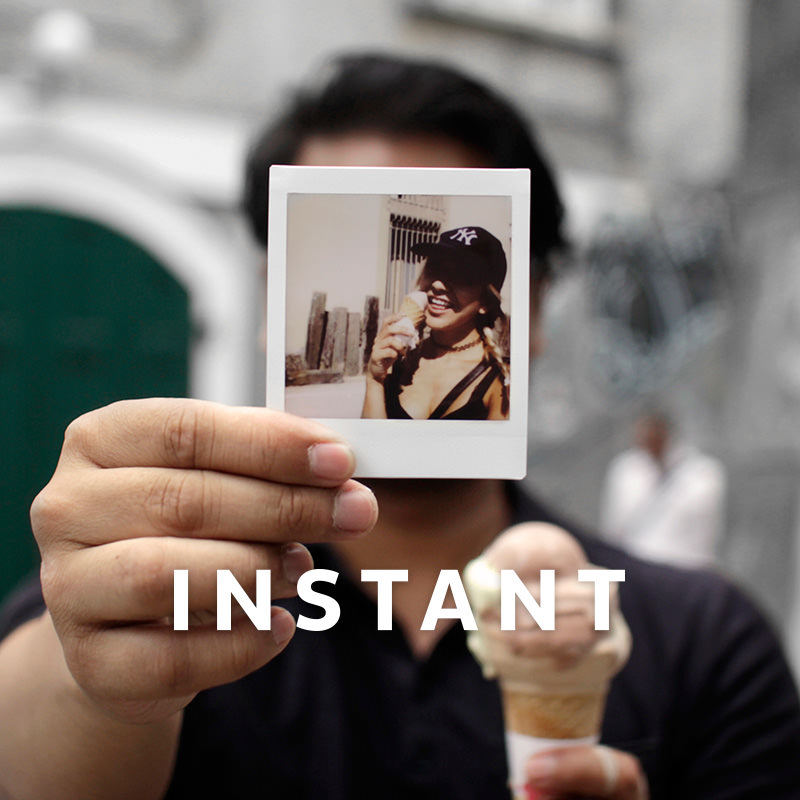Wide Angle Photography Tips: A Kaleidoscope Makes Your Fisheye Crazy
19 59 Share TweetYou know those toys that make you think someone gave you drugs when you look into them? Why not recreate the psychedelic patterns on your photos?
One day I decided to create a kaleidoscope to shoot Lomographs with. I was all excited and ran to the DIY store. I quickly found some plastic mirror and got one in the shape of Toblerone chocolate. It’s really awesome to look into; everything you see through it reflects inside and splits your view into many triangles.
Unlike the one in the picture below, my kaleidoscope was open so you can see the real world through it.
I encountered a big disappointment when I did test shots with a digital camera: the depth of field was far too short to get sharp pictures. I still don’t really understand why but I wasn’t able to focus both with what you see through the kaleidoscope and what is being reflected inside. In reality it wasn’t bad for close-up shots, but I wasn’t really satisfied.
Fortunately at this point an idea popped up: Fisheye lenses have a huge depth of field!
Moreover, the wider the angle, the more reflections you get from a kaleidoscope with the same dimensions. In other words, you’ll get similar results with a shorter kaleidoscope.

I decided to build a new kaleidoscope adapted to the lens of my *Lomography Fisheye No. 2*, and here are the results:
How to build the kaleidoscope:
Youl’ll need:
- Plastic mirror (glass gives better quality but is difficult to cut and dangerous)
- Duct tape
- A camera with a fisheye lens
Steps:
1. First of all, cut 3 rectangles out of the plastic mirror. For the Fisheye No. 2, I used 10.4 × 16.5 cm (4 × 6.5 inches).
2. You should adapt the rectangles width to your lens diameter, so it fits snugly on it. The proportions will change the size and number of triangles on the pictures. Longer kaleidoscope will give more triangles but smaller images.
3. Then tape them together with duct tape. You should get a kind of Toblerone box shape.
4. You’re done! Now you can fit it around your lens and start shooting.
How to shoot with the kaleidoscope
When you shoot with this kaleidoscope, you will get a triangle at the center which is “direct” and sharp. Around it, there are many reflections which are a bit distorted and less sharp, because of the poor quality of the mirrors.
That means the best photos will be achieved with your subject at the center. It can be quite tricky because there is no proper viewfinder (unless you use a SLR of course).
With the kaleidoscope mounted on the Fisheye No. 2, you have a space above the camera to look through the kaleidoscope. Just use it to ensure that you point in the right direction!
Please give it a try, and you’ll see how easy it is!
written by aguillem on 2014-06-16 #gear #tutorials #camera #mirror #reflection #tipster #depth-of-field #pattern #kaleidoscope #triangle #fisheye #psychedelic #dof #select-type-of-tipster #select-what-this-tipster-is-about
































19 Comments